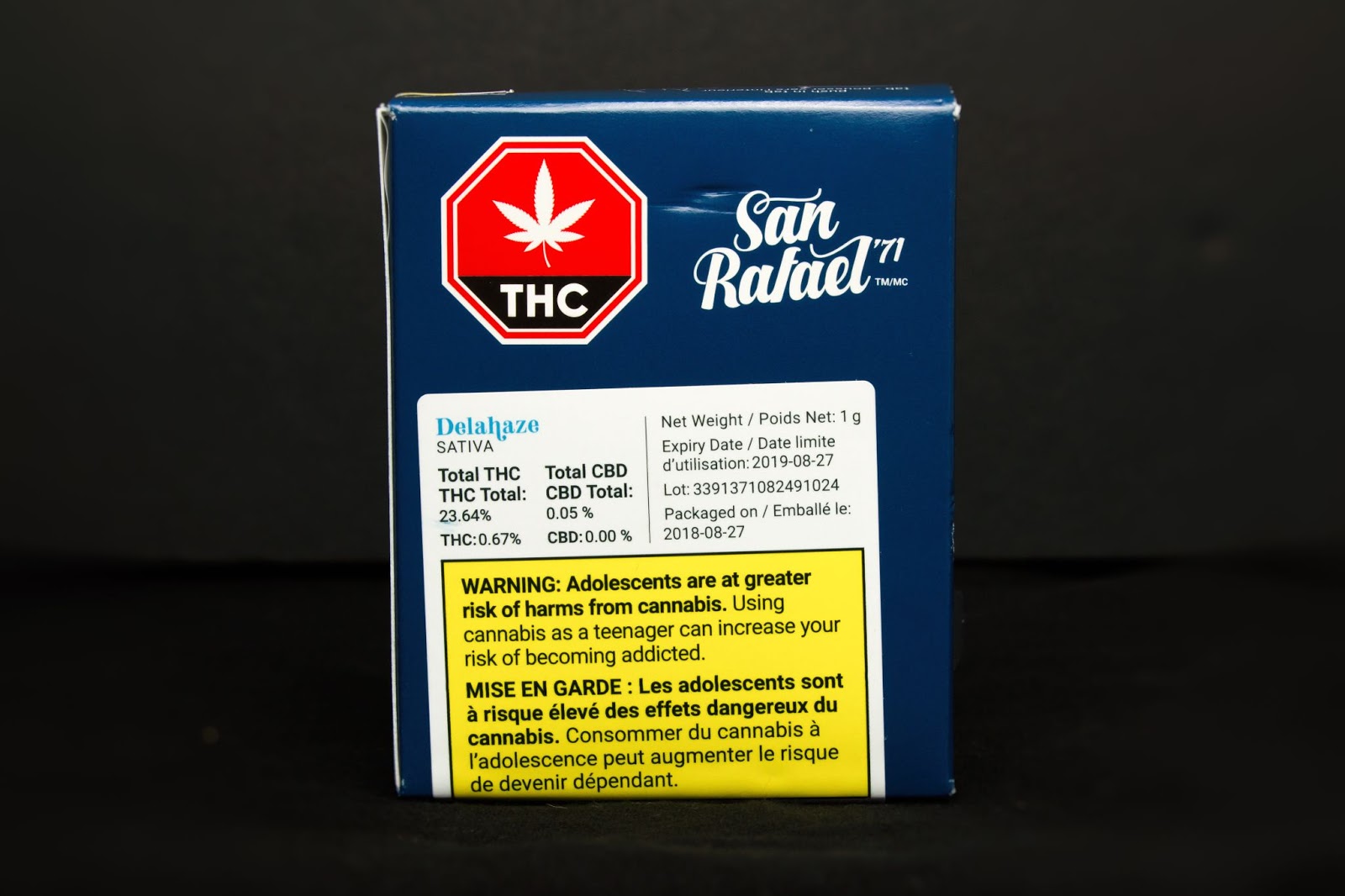
Ever wonder what all those words on marijuana products actually mean? You’re not alone. While it may seem like overkill, all the information on cannabis labels serves a purpose. The primary goal is to give consumers the safest, most transparent snapshot of the product they are purchasing. Everything from lab testing, cannabinoid contents, harvest date, and more can be found on marijuana product labels.
If you want to know more about the products you’re consuming, learning how to read a cannabis label is a great start. Here’s what you’ll need to know:
- Name: This is straightforward. If you try a product and love it, you can request it by name the next time you’re in a dispensary. Some people are brand-loyal and solely use products from their favorite companies.
- Strain type: There are three primary strain types: Sativa, Indica, and Hybrid, a mix of the two. Each gives the user different experiences. Indica is most commonly known for its soothing, sedative high, while its Sativa counterpart energizes and boosts creativity. Hybrids are sought-after because they combine the desired effects of both into one strain. Learn more about Sativa, Indica, and Hybrids here.
- Strain: Flower can be further categorized by strain name. While two plants might both be Cannabis indica, they could have varying levels of THC and CBD. The strain name helps consumers narrow down their exact preferences. The name can also tell you if the plant is a cross between two different lineages. For example, the strain Super Lemon Haze is a cross between Super Silver Haze and Lemon Skunk.

Getting a little more in-depth:
- Weight: Another straightforward piece of information. This tells you how much cannabis you’re purchasing. Flower and concentrates are most commonly sold in grams. Weight is important because marijuana laws limit the legal amount one person can buy at a time. In Nevada, that limit is 1 ounce of flower or 3.5 grams of concentrate.
- Cultivator: This is the company that grew and processed the cannabis. Similar to how people become brand-loyal, some users gravitate towards certain cultivators.
- Cannabinoid content: Cannabinoids are the chemicals found in cannabis that create its various effects. Product labels give quantified breakdowns of how much of each cannabinoid is present in the plant. For flower, cartridges, and extracts, this is displayed in percentages. For edibles, tinctures, and topicals, this is shown in milligrams. Read our Green Guide to Cannabinoids here.
- Terpene profile: Terpenes are found in many plants, including teas, spices, and of course, cannabis. They are responsible for giving the plants its aroma and flavor. Similar to cannabinoids, terpenes can create different bodily experiences. Consumers who are explicitly seeking medicinal benefits like pain relief or anxiety relief can use terpenes to help them choose their perfect product.
- Harvest date, test date, packaging date, use-by date: These are here to ensure consumers get the best quality. It also builds a timeline from seed to sales.
- Batch number: Similar to food, medicine, and technology, batch numbers help identify and keep track of products made at the same time.
- Ingredients: If you’re purchasing a cannabis product that isn’t just flower, it is bound to have other ingredients. These can include carrier oils, solvents, flavoring, and sugar. If you have any allergies, it’s good to check before buying.
Nevada Marijuana Packaging Laws
Every state has its own unique marijuana packaging laws. Cannabis companies are required to adhere to these laws, or they risk losing their license. In Nevada, a product must be “clearly and unambiguously packaged as marijuana.” Additionally, it must use child-proof containers and no images that appeal to children. Some states also have laws requiring the number of pesticides, mold, and other contaminants to be labeled clearly on the packaging.
What is the difference between THC and THCA?
Most cannabis consumers about THC but haven’t heard of its closely related and non-intoxicating acid form, THCA. If you were to eat raw weed, you would most likely not get high. The reason for this is because raw weed is primarily THCA. It’s only after a heating process called decarboxylation that it naturally converts into THC. One way this is done is through the drying and curing process. Smoking and vaping will also instantaneously decarboxylate the flower.
Knowing how to read a cannabis label can help you easily navigate a dispensary. At Green, we have a huge menu of flower, concentrates, edibles, and more. If you have any additional questions, please feel free to contact us online.
